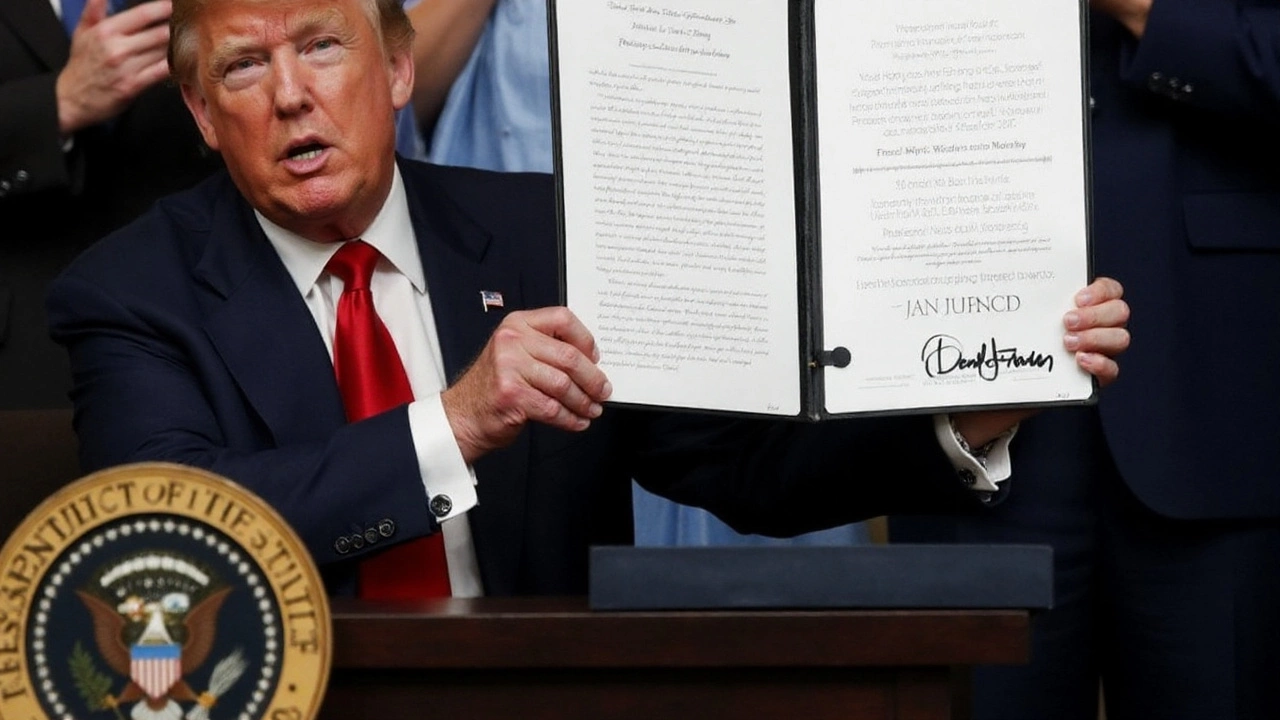Russia Oil: What’s Happening and Why It Matters
Russia is one of the world’s top oil producers, so anything that happens there ripples through the global market. In the past year we’ve seen sanctions, production tweaks, and geopolitical moves that keep traders on edge. If you’re wondering why the price at the pump jumps or why news headlines scream “Russia oil shortage,” this guide breaks it down in plain language.
Key factors shaping Russia’s oil market
First up, sanctions. Western countries have limited the ability of Russian firms to sell oil abroad, which forces Moscow to find new buyers or offer discounts. That push‑and‑pull changes how much oil actually leaves Russia each month. Second, the OPEC+ agreement often includes Russia’s production targets. When the group says "cut output," Russia trims its flow, and when it says "raise output," Moscow may boost shipments to keep market share.
Third, domestic policies matter. The Russian government can set taxes, decide which fields get new investment, and even close older wells for safety. All these moves affect the total barrel count that reaches the global market. Lastly, seasonal factors—like winter heating demand in Europe—add extra pressure. When demand spikes and supply is capped, prices climb.
How the changes affect global prices
When Russia cuts oil or faces heavy sanctions, the world feels a supply gap. Traders respond by nudging prices up, sometimes sharply. That rise shows up as higher gasoline costs at the station and more expensive heating oil for homes. On the flip side, if Moscow finds new customers in Asia and ships more crude, the extra supply can push prices down, giving a brief breather to consumers.
Another piece of the puzzle is the dollar. Oil is priced in U.S. dollars, so a stronger dollar can make Russian oil seem pricier for buyers using other currencies. Combine that with geopolitical headlines, and you get a volatile market where price swings can happen in a single day.
For countries that import a lot of Russian oil, like India, the impact is direct. A sudden price jump means higher import bills, which can affect the balance of trade. Some importers look to diversify, turning to other suppliers or buying more futures contracts to lock in price.
What does this mean for the average person? Mostly, you’ll notice the cost at the pump or the price of home heating. If you’re a small business that relies on diesel, a price swing can squeeze margins. Being aware of the news helps you plan—maybe stock up a bit when prices dip or budget a bit more when they climb.
Looking ahead, analysts expect Russia to keep adjusting its output based on sanction pressure and OPEC+ decisions. Expect more “flexible” production numbers rather than a fixed target. Also, new infrastructure projects—like pipelines to Asian markets—could shift trade routes, easing some pressure on Europe but adding new dynamics for Asia.
In short, the Russia oil story is a mix of politics, economics, and seasonal demand. Keeping an eye on sanctions, OPEC+ meetings, and seasonal trends gives you a clearer picture of where prices might head next. Stay informed, and you’ll be better equipped to handle the next price jump or drop.
US Slaps 50% Tariff on Indian Imports Amid Russia Oil Row, Triggering Political and Economic Shockwaves
The US has announced a 50% tariff on Indian imports, blaming India's Russian oil purchases and sparking a global trade row. This move, the highest imposed on any nation, has led to political backlash and warnings of higher consumer prices, especially for clothing and footwear.





